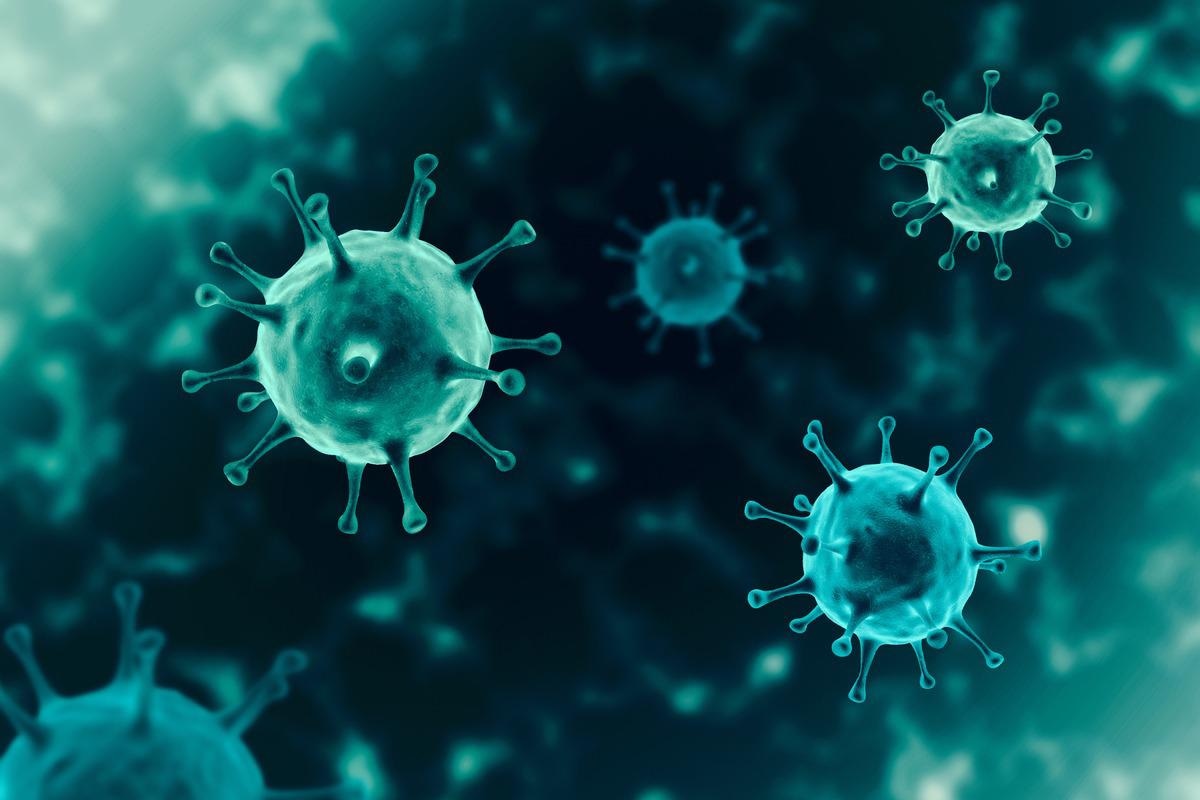Exploring SARS-CoV-2 detection by profiling micro RNAs

In a recent study published in PLOS ONE, researchers analyzed the micro ribonucleic acid (miRNA) profiles in nasal swabs collected from coronavirus disease 2019 (COVID-19) patients.

Background
Host responses to severe acute respiratory syndrome coronavirus-2 (SARS-CoV-2) are being explored as biomarkers for improved detection and prognosis of COVID-19. The miRNAs are non-coding RNAs about 22 nucleotides (nt) long that regulate biological processes. Unlike viral RNA, miRNAs are abundant in COVID-19 patients even during the pre-symptomatic phase.
During the early stages of infection, before the onset of symptoms and detection of virions, the virus induces signaling cascades in host innate immune effectors, which react rapidly and release miRNAs into circulation.
Researchers of the current study had previously characterized the alterations in the miRNA profiles in human plasma during COVID-19.
About the study
In the present study, researchers analyzed the miRNAs in nasal swabs of SARS-CoV-2-infected and naïve controls. Nasal swabs were collected from individuals taking COVID-19 tests between July and August 2020. Total RNA was extracted from the swabs using the miRNeasy micro kit. Subsequently, complementary deoxyribonucleic acid (cDNA) libraries were prepared and analyzed. The Australian genome research facility (AGRF) performed 100 base pairs (bp) single-end sequencing.
Adaptors were trimmed from the reads using CutAdapt, and the resultant 18 to 26 nt long reads were subject to quality analysis using the FastQC tool. The miRNAs were identified and quantified using miRDeep2 by mapping to the miRBase human dataset.
After normalizing read counts, differential expression (DE) analysis was carried out using the DESeq2 R package. Machine learning (ML) analysis was performed in Python with the scikit-learn module. The most predictive miRNAs were identified using recursive feature elimination. The accuracy (correct predictions), precision (number of predicted positives being true positives), and recall (number of true positives found by the model) of ML models were assessed.
Results
The small RNA sequencing (small RNA-seq) yielded about 13 to 46 million raw reads/sample (mean 23 million). Adaptor trimming and filtering reads on (nt) length and quality resulted in 2.4 to 10.6 million reads/sample (mean 5.4 million).
The miRDeep2 mapper identified all known miRNAs from the 20 samples, and the miRDeep2 quantifier determined read counts for every mature miRNA.
Overall, about 1,495 mature miRNAs corresponding to 1,097 different precursors were detected. The homo sapiens (hsa)-miR-16-5p was most abundant in nasal swabs, followed by hsa-miR-29a-3p, hsa-miR-29c-3p, and hsa-miR-223-3p. Pairwise analyses performed post-normalization of data revealed high similarity at a single-miRNA level in nasal swabs from COVID-19 infected and naïve subjects.
The DE analysis revealed six differentially expressed miRNAs with a log2 fold change (FC) greater than 1, of which two were downregulated and four were upregulated in the COVID-19 nasal swabs relative to naïve controls. The miR-142-3p, miR-486-5p, and miR-451a were the most upregulated in SARS-CoV-2 samples, whereas miR-3065-3p and miR-3065-5p were the most downregulated.
Additionally, two miRNAs with significant DE were detected when log2 FC was < 1 which were miR-19a-3p and miR-628-3p. The most significant DE was observed in miR142-3p with an FC > 3. The differentially expressed miRNAs in COVID-19 nasal swabs were compared with miRNAs detected in plasma from COVID-19 patients. The authors identified miR-3065-3p and miR-142-3p as common to both datasets (nasal swabs and plasma).
The team implemented a supervised ML method to identify the most predictive model in which a three-miRNA signature – miR-628-3p, miR-30c-2-3p, and miR-93-5p, was identified as the most predictive model with 100% accuracy, precision, and recall. The three-miRNA biomarker comprised one miRNA (miR-30c-2-3p), which was not differentially expressed; of the remaining two miRNAs, one (miR-93-5p) was upregulated, and the other (miR-628-3p) was downregulated.
Conclusions
The present study evaluated the miRNA profile changes in nasal swabs collected from COVID-19 patients relative to healthy subjects. The study results showed that eight miRNAs exhibited significant DE in COVID-19 nasal swabs compared to SARS-CoV-2-naïve swabs. Two miRNAs were shared between the COVID-19 plasma and nasal swab datasets. Lastly, ML identified three miRNAs as candidate biomarkers for SARS-CoV-2 infection with exceptional accuracy and precision. This indicates that COVID-19 samples exhibit characteristic changes in miRNA profiles that could help to identify SARS-CoV-2-positive cases.
Further, the team plans to expand the current study with larger cohorts to see whether the pattern replicates during the incubation period of COVID-19 and assess whether a real-world application could be attained for improved detection and prognosis of COVID-19.
- Farr RJ, Rootes CL, Stenos J, Foo CH, Cowled C, Stewart CR. (2022). Detection of SARS-CoV-2 infection by microRNA profiling of the upper respiratory tract. PLOS ONE. doi: https://doi.org/10.1371/journal.pone.0265670 https://journals.plos.org/plosone/article?id=10.1371/journal.pone.0265670
Posted in: Medical Science News | Medical Research News | Disease/Infection News
Tags: Biomarker, Coronavirus, Coronavirus Disease COVID-19, covid-19, Genome, Machine Learning, micro, Nucleotides, Research, Respiratory, Ribonucleic Acid, RNA, RNA Sequencing, SARS, SARS-CoV-2, Severe Acute Respiratory, Severe Acute Respiratory Syndrome, Syndrome, Virus

Written by
Tarun Sai Lomte
Tarun is a writer based in Hyderabad, India. He has a Master’s degree in Biotechnology from the University of Hyderabad and is enthusiastic about scientific research. He enjoys reading research papers and literature reviews and is passionate about writing.
Source: Read Full Article